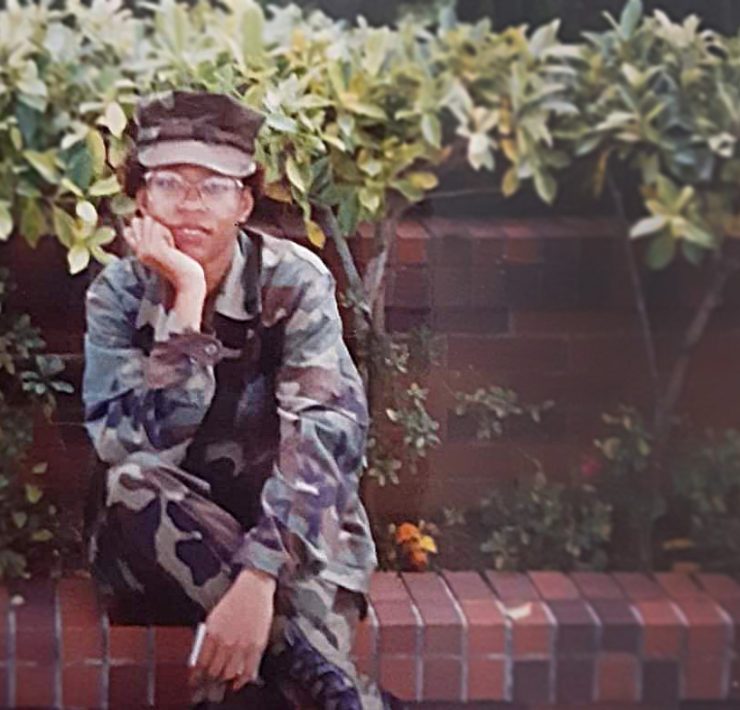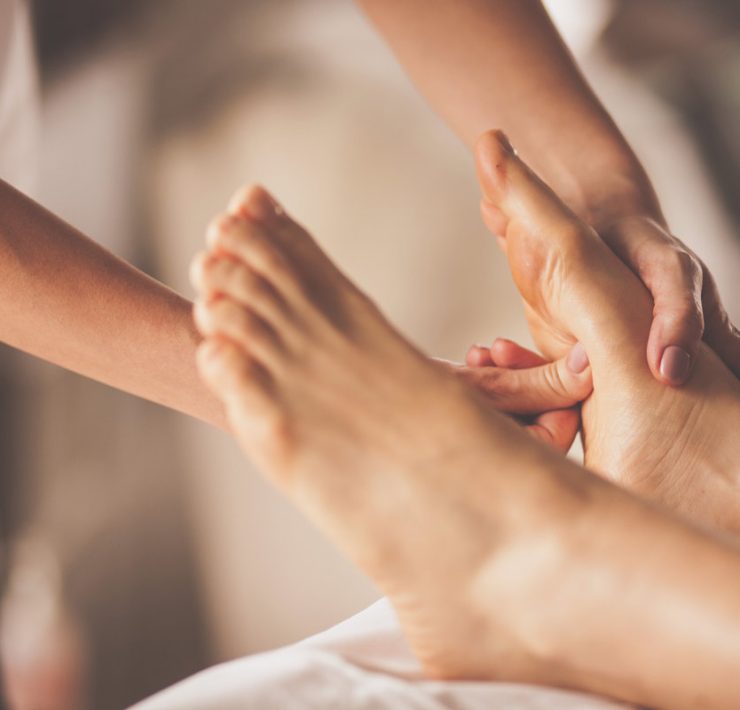Written by Patricia Sheahan
For Georgina Bergis, it started gradually. “I had a sore neck that blurred into a painful shoulder and then I gradually stopped being able to raise my arm and shoulder joint,” she remembers. “If I tried to fling back the covers in bed or pull the car seatbelt, there would be this great pain.”
Even without seeing a doctor, Georgina had a fair idea of what was happening. “When I described my symptoms, the consensus in my social circle was that it was frozen shoulder. So many people had had it – and I just kept meeting more people who had experienced it. It seemed to be very common.”
Frozen shoulder, also known as adhesive capsulitis, may be common, but it is also something of a medical mystery. It strikes women more than men, most often between the ages of 40 and 59. While there are some risk factors – people with shoulder injuries who wear a sling are particularly prone to it, as are those with diabetes – for many cases, there is no discernible cause.
“The most common hypothesis is that it is caused by a physical tightening or hardening of soft tissue that encloses the shoulder joint,” says Joshua Zadro, from Sydney University’s School of Public Health. Even a diagnosis is arrived at, mainly, by ruling out other potential causes such as a fracture, osteoarthritis or tendon tears.
What we do know is that frozen shoulder typically develops in three phases.
“The first phase features severe shoulder pain that lasts two to nine months. The shoulder then gets more stiff and frozen, with less pain and less movement. This phase can last four to 12 months,” Dr. Zadro explains
“The third recovery phase can take up to 24 months, with a gradual return of movement and less pain.”
That pattern corresponds to Georgina Bergis’ experience. “It was very unpleasant for six months. I had trouble sleeping and I could only sleep on one side. Sometimes I would forget about my shoulder and make the wrong movement…the pain! I would have to stop and hold it and breathe. The range of movement came back, but not fully, after 18 months.”
Cortisone injections, physiotherapy, acupuncture and massage may offer some relief in the short term, but there is no recognized cure. Dr. Zadro says that for many patients, this is the most frustrating element of the condition.
“This isn’t something that goes away quickly, but it is well-known to recover on its own,” he says.
“That’s why, if any practitioner tries to sell you a treatment to speed up the recovery of frozen shoulder, you might consider getting a second opinion.”
Frozen shoulder is often experienced by women going through menopause, but Dr. Zadro says that there is unlikely to be a link between the two. “Frozen shoulder is very common in people aged between 40 and 59, full stop,” he says. “A study showed that women who go through early menopause don’t develop frozen shoulder at an earlier age.”
More research remains to be done on the causes. Dr. Zadro says that studies have shown that when patients with frozen shoulder are put under anesthetic, they have a normal range of movement. “If there was a physical restriction, we should see it when patients are put under anesthetic, but we don’t.” He adds that an area of research is now focusing on a neural explanation. “Some think it is actually the brain sending protective messages to the shoulder, rather than adhesions, that causes the stiffness.”
Whatever the cause, recovery can take its time. For Georgina, the road back to wellness was both a mental and physical process. “The disability of it was something that took me a long time to comes to terms with,” she says.
“Not knowing how long it was going to last was really demoralizing and the unpredictability of the pain – because I kept forgetting I had a frozen shoulder – was pretty unpleasant and frustrating.
“I hated not being able to get on with my life as I had known it. Acceptance is not my strong point but it gave me greater respect for people with far more serious and longstanding medical conditions.
“It also kiboshed my fitness regime, such as it was, because everything hurt. I could only swim in circles with one arm, which is funny only in theory. I realized I would struggle to save myself.”
Even so, 18 months on, she is thankful for one thing. “I’m right-handed, so I’m grateful it got me on my left side!”
This article was originally published by Tonic Magazine







